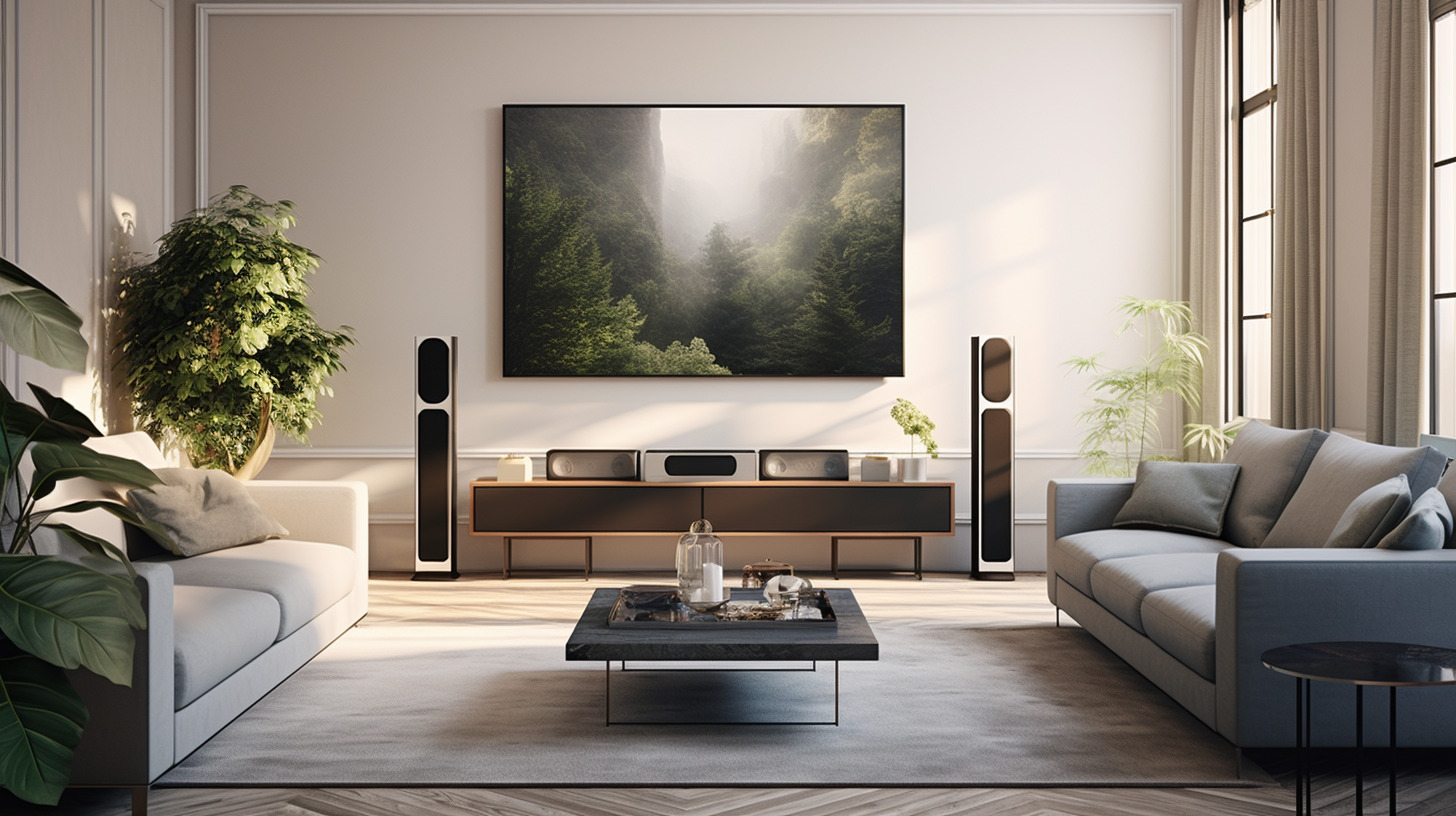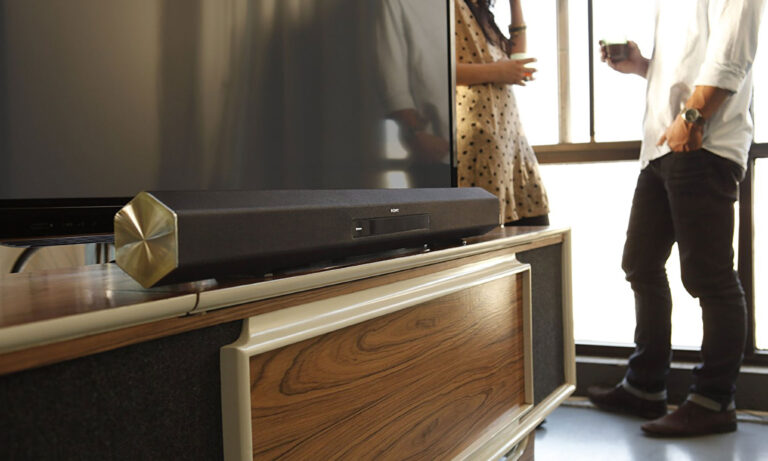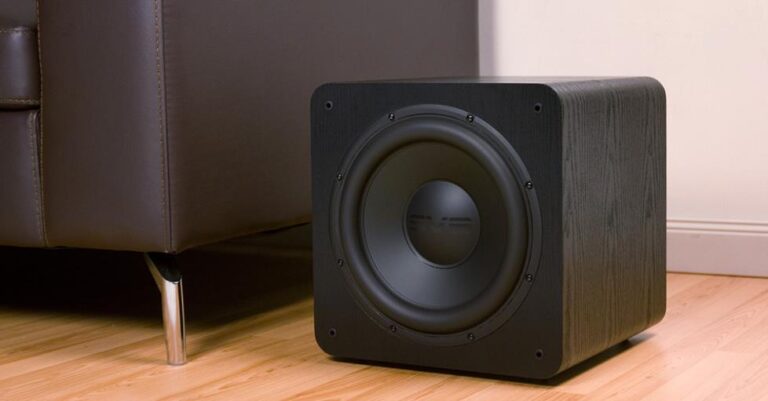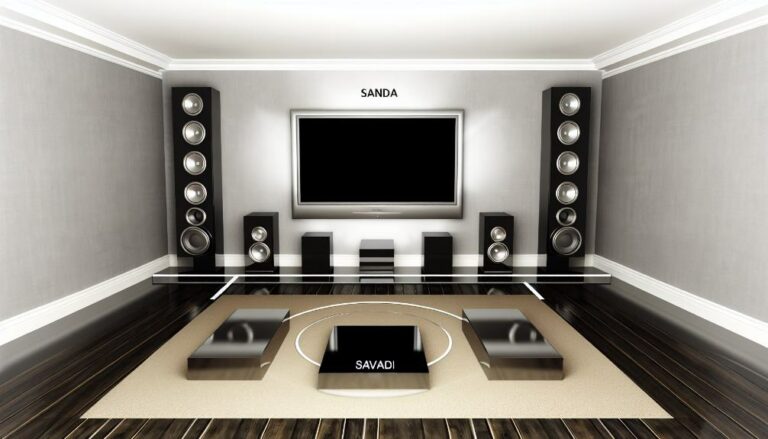This article explores the process of setting up surround speakers and optimizing the performance of a soundbar.
By understanding the placement and configuration of wireless surround speakers, you can ensure an immersive audio experience.
Additionally, positioning the subwoofer in relation to the surround speakers is crucial for achieving the desired bass output.
The article also delves into soundbars with digital sound projection, which require a specific grouping of beam drivers to enable the desired channels.
The use of a microphone during setup allows for the analysis and adjustment of beam driver performance.
Furthermore, the article discusses sound bases, which function as a soundbar and a platform for a TV, and their compatibility with TVs with center stands.
Lastly, the article highlights additional features of soundbars, such as Bluetooth capability and wireless multi-room audio, providing a comprehensive overview of the various aspects to consider when choosing a soundbar.
Setting up Surround Speakers
The pre-existing knowledge provides tips on setting up surround speakers with a soundbar. These tips include:
- The placement of the surround speakers: They should be placed to the sides, about 10 to 20 degrees behind the listening position. They should also be positioned a few inches away from side walls or corners.
- Positioning of the subwoofer: If the surround speakers connect to a subwoofer, it should be placed near the back wall for optimal bass output.
- Adjustment of levels: It is important to balance the subwoofer with the soundbar and adjust the surround speakers to avoid overpowering or being too soft.
- Checking for separate surround speaker level controls on the remote control: This can further enhance the audio experience.
By following these guidelines, users can achieve an immersive surround sound experience with their soundbar setup.
Soundbars with Digital Sound Projection
Soundbars equipped with digital sound projection technology, such as Yamaha’s YSP series, utilize beam drivers instead of conventional speakers. These beam drivers need to be assigned into specific groups to enable the desired channels.
A microphone is provided with the soundbar to aid in the setup process. During setup, the soundbar generates test tones that are picked up by the microphone and analyzed by the software to adjust the performance of the beam drivers.
It is important to note that digital sound projection requires a room where sound can reflect off the walls. This technology offers a unique way of creating immersive surround sound without the need for multiple physical speakers.
By accurately directing sound beams, soundbars with digital sound projection can provide a more realistic audio experience for the listener.
Additional Features of Soundbars
Bluetooth capability and wireless multi-room audio enhance the functionality and versatility of soundbars, allowing users to conveniently stream music and distribute audio to compatible wireless speakers in different living spaces. These additional features provide a seamless and immersive audio experience, expanding the possibilities for enjoying music and movies.
Here are four key benefits of these features:
- Streaming music: Soundbars with Bluetooth capability allow users to wirelessly connect their smartphones and other devices to the soundbar, enabling easy streaming of music from popular music services or personal libraries.
- Audio distribution: With wireless multi-room audio, soundbars can send audio to compatible wireless speakers in other rooms. This feature provides the flexibility to create a synchronized audio experience throughout the home or to play different audio sources in different rooms.
- Compatibility: While the compatibility of wireless speakers depends on the soundbar brand, some soundbars, especially those with DTS Play-Fi, work with multiple wireless speaker brands. This allows users to choose from a wider range of speakers that suit their preferences and budget.
- Convenience: Bluetooth capability and wireless multi-room audio eliminate the need for messy cables and wires, simplifying the setup process and providing a clutter-free living space. It also allows for easy control and management of audio playback through mobile apps or voice assistants.
These additional features make soundbars more versatile and user-friendly, enhancing the audio experience and providing seamless integration into modern living spaces.
Frequently Asked Questions
What are the recommended placement options for surround speakers in a room?
Surround speakers should be placed to the sides, about 10 to 20 degrees behind the listening position. They should be a few inches away from side walls or corners. If connected to a subwoofer, the subwoofer should be placed near the back wall for optimal bass output.
How can I adjust the balance between the subwoofer and the soundbar to avoid overpowering or soft surround sound?
To adjust the balance between the subwoofer and soundbar, ensure they are properly positioned and that the subwoofer is placed near the back wall for optimal bass output. Use the remote control’s separate surround speaker level controls to avoid overpowering or soft surround sound.
Are there separate controls on the remote for adjusting the level of the surround speakers?
Yes, some soundbars have separate controls on the remote for adjusting the level of the surround speakers. It is important to balance the subwoofer with the soundbar and adjust the surround speakers to avoid overpowering or being too soft.
How do soundbars with digital sound projection work?
Soundbars with digital sound projection use beam drivers instead of traditional speakers. They need to be assigned into specific groups to enable desired channels. A microphone aids in setup by analyzing test tones generated by the soundbar to adjust beam driver performance.
Can sound bases accommodate TVs with end feet, or do they require center stands?
Sound bases, like soundbars, enhance the audio experience. However, they are designed to accommodate TVs with center stands rather than end feet. The compatibility between the sound base and TV should be considered during selection.




